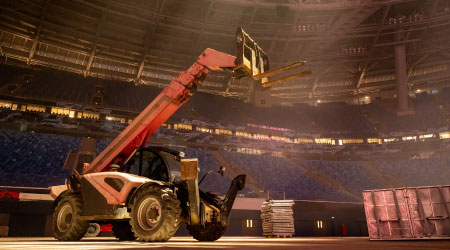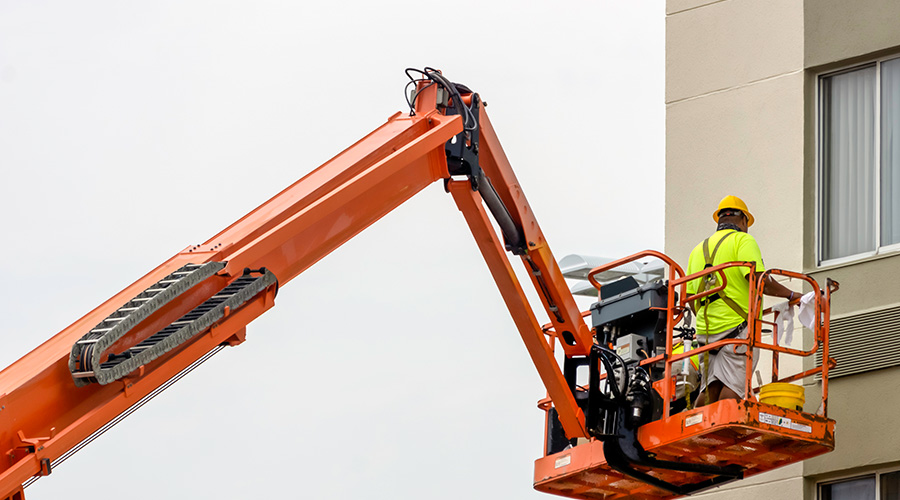Common Recycling Streams
Once managers have taken these three steps, they can focus on the recyclable materials their programs must address. As the array of materials organizations can recycle grows, so do the decisions managers face in trying to incorporate them into recycling programs. Here are the most commonly recycled materials in institutional and commercial facilities:
Paper. This is one of the oldest and easiest materials to recycle. Programs that collect paper in separate streams — news separate from office, for example — make the job more difficult than it needs to be. Today's recycling programs should be based on mixed-paper recycling, based on this guideline: If it tears and food has not touched it, recycle it.
Cans and bottles. Recycling these materials is more complicated than recycling paper. Programs must account for many types of plastics, not to mention glass and aluminum containers. Generally, programs can find a home for beverage containers made of all materials — aluminum, plastic, and glass. The rule for plastics is, those marked with a 1 or a 2 are acceptable. Other types are questionable. This stream has limited value because workers must sort it at an off-site processing plant.
Toner cartridges. These items are easy to recycle because most manufacturers will take back these commodities. In fact, neither building occupants nor maintenance workers should even handle them. Each department in the organization should receive training to send these materials directly back to the manufacturer.
Electronic waste. Managers should be very careful regarding e-waste. By now, most people have read stories about companies that dump items such as computers and fax machines in countries in the developing world, where children must deal with mercury and poisons. No organization wants to contribute to this problem. It often will cost the organization money to recycle these materials. Effective e-waste programs cost money. Be suspicious of any company that says it ships everything to China, where it is broken apart in approved factories.
Approved by whom? Does the e-waste company subscribe to the terms of the Basel Convention, which aims to protect human health and the environment against the adverse effects of hazardous and other wastes? Does the company disassemble computers in this country? Does it wipe the memories clean, or resell the machines?
Fluorescent lights. It generally is not legal to throw these bulbs in the garbage, so the question is whether to ship whole bulbs or use a bulb crusher, which crushes bulbs into a drum and allows for more efficient shipping. Managers must be careful about system filters and state approvals. Visit www.epa.gov/waste/hazard/wastetypes/universal/lamps/index.htm for guidance.
Batteries. As with toner cartridges, recycling programs can deal with batteries at the department level. Most organizations recycle lead-acid batteries, but small and rechargeable batteries can be tricky. Programs should call for recycling all rechargeable and button batteries. In most cases, a not-for-profit organization or the battery manufacturer will take back the batteries at no cost. For more information, visit the Rechargeable Battery Association's Web site.
Also, managers should not worry about regular, non-rechargeable batteries. Today's batteries generally are free of heavy metals and can go into the regular garbage.
Construction waste. Depending on the location, workers might need to separate heavy construction materials. But these materials generally are easy to recycle and can help organizations avoid disposal costs. They also are an easily attainable source of points for organizations seeking certification under the U.S. Green Building Council's rating system, Leadership in Energy and Environmental Design (LEED).
Related Topics:














